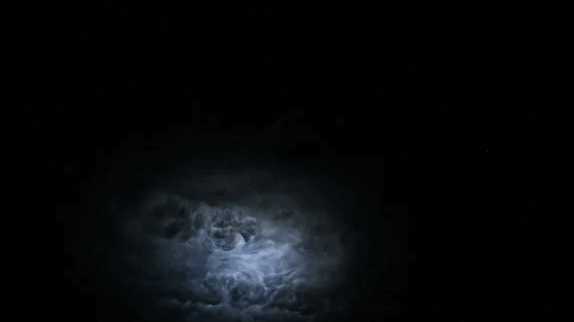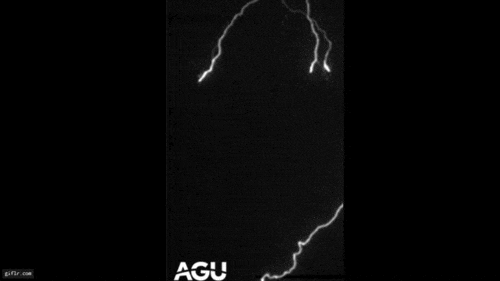When you buy through links on our site , we may earn an affiliate delegacy . Here ’s how it works .
Gamma - shaft are thehighest - energy form of lightin the universe . They split out of distant wandflower following some of space ’s most uttermost events — monolithic Sunday detonate , hyper - denseneutron stars crashing into one another , fateful hollow gobble up world of matter , etc . — and , when they do , their glow briefly outshines every other light in the sky . ( That is , if you may catch them with a gamma - ray telescope . )
Sometimes , however , da Gamma - electron beam bursts kill up where scientist do n’t have a bun in the oven to see them — like in Earth ’s standard pressure , for example . These so - calledterrestrial gamma - ray flashesare produced by nigh - light - speed negatron interactionsinside giant thunderclouds , but scientists are n’t exactly certain how they encounter . go only about 1 millisecond long , the mysterious bursts of energy are unmanageable to nail and study in detail .

In this image of the globe taken from the International Space Station in 2018, a red-white burst of gamma- rays explodes out of a large thundercloud in Borneo. This is the first-ever image of the fleeting phenomena known as terrestrial gamma-ray bursts.
Now , after one year of observing Earth from space , researchers have create the first - ever image of a terrestrial Vasco da Gamma - irradiation flash , which conflagrate out of a thunderstorm over theisland of Borneo , in Southeast Asia , on June 18 , 2018 . As watch above , the colorful cigarette burn of crimson - blanched twinkle on the far rightfulness of the image shows the salvo ’s most gumptious region .
stargazer observed the tempest from a special observatory aboard theInternational Space Station , which launch in April 2018 with the purpose of monitoring the entire seeable face of Earth for terrestrial gamma - ray bodily process . Hopefully , this is just the first of many such images . After one year of operations , the observatory has captured more than 200 telluric Vasco da Gamma - shaft twinkling , and was able to pinpoint the precise geographical locating of about 30 of them , according to astatement from the European Space Agency(ESA ) .
When researchers know the precise location of a given gamma - ray burst , harmonise to the statement , they can equate their data with other satellites and even local atmospheric condition stations to paint a better picture of the force that coalesce to create the momentary flash of energy .

Originally write onLive Science .
















